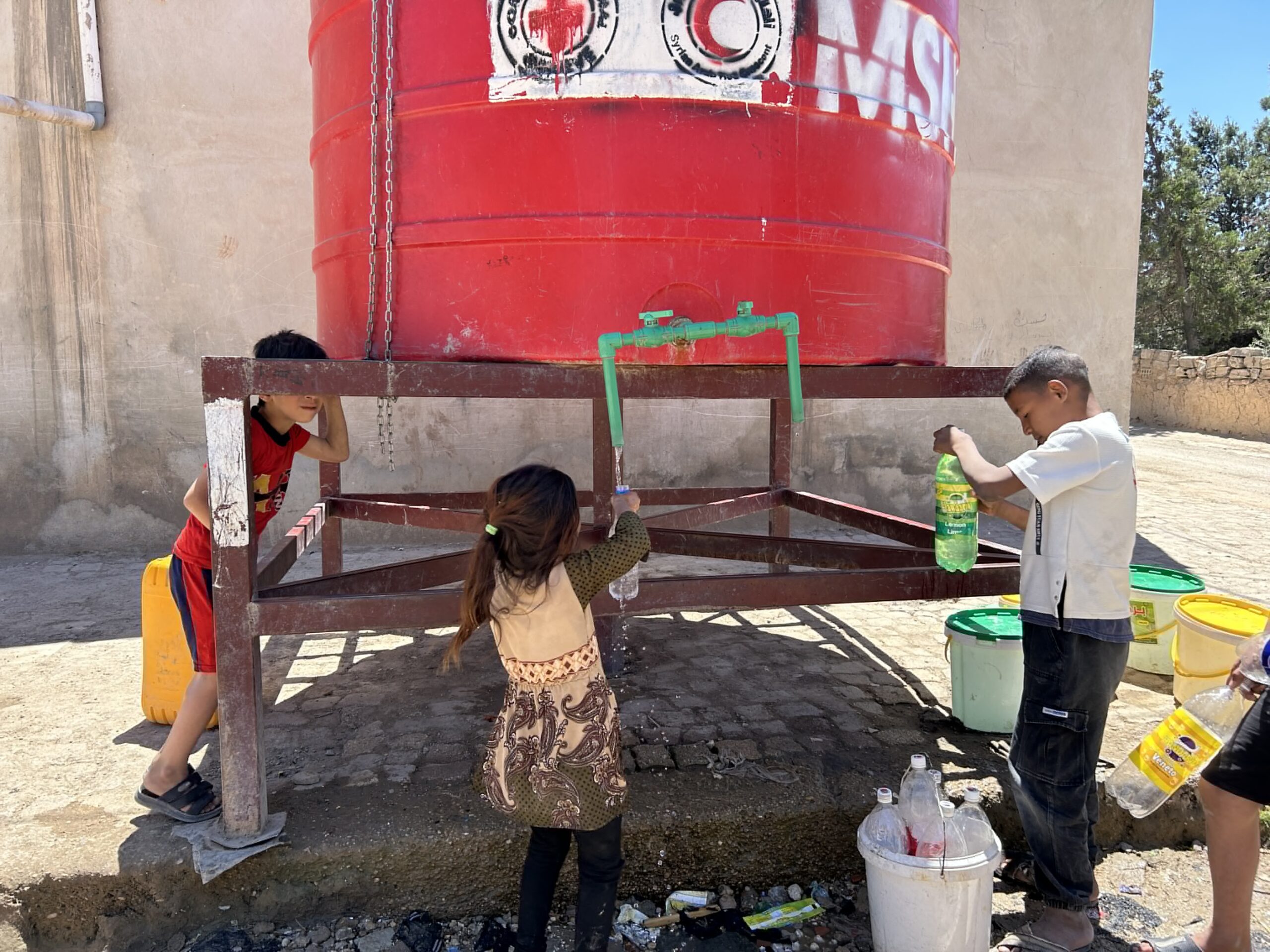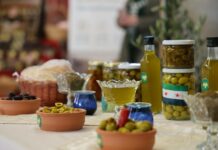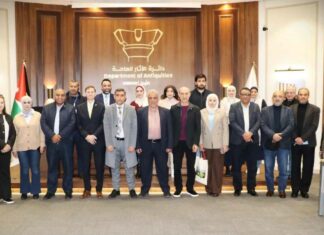
Syria is facing its worst drought in decades, with water scarcity pushing the nation toward a severe agricultural and food security crisis. UN agencies, including the Food and Agriculture Organization (FAO) and the World Food Programme (WFP), warn that failing rainfall and rising temperatures have led to the most serious water shortage since 1989, endangering millions who depend on local agriculture for survival.
Allouk Water Station Still Offline
The crisis is especially acute in northeastern Syria, where more than one million people in Hasakah and nearby areas remain without a stable water source due to the shutdown of the Allouk water station. The station has been offline since October 2023 amid ongoing disputes between the Syrian Democratic Forces (SDF) and the Turkish-backed Syrian National Army (SNA). Power cuts, infrastructure damage, and lack of coordination between controlling forces have hindered attempts to restore operations.
June 24, a joint delegation from UNICEF, the International Committee of the Red Cross (ICRC) and Syria’s Water Resources Directorate (WRD) visited the station to assess its condition. According to a UN source in Hasakah, the plant cannot function without electricity from Turkey, as Syrian power sources remain unreliable due to conflict-related damage. UNICEF described the plant’s rehabilitation as “a vital step toward restoring safe water” to thousands of vulnerable residents.
Agricultural Output Falters
The drought has also crippled Syria’s agricultural sector. In northeastern provinces—once responsible for producing 70% of Syria’s strategic crops—low rainfall has devastated wheat fields and rainfed crops. According to the Ministry of Agriculture, some areas like Qamishli saw only 80 mm of rain this year, compared to normal an annual average of 415 mm. Most of the two million hectares of rainfed farmland were declared lost, according to local estimates.
Irrigated land, though more resilient, has been impacted by high diesel prices, limited government support, and eroding farmer confidence in subsidy promises. Farmers in Hasakah say this year’s wheat prices do not cover production costs, further threatening rural incomes and food availability.
Emergency Irrigation Measures Fall Short
In Hama, the WRD released a third round of water from the Rastan Dam to irrigate fruit orchards and clear sediment from the Orontes River. Officials cited a drop in the dam’s reservoir to just 40 million cubic meters following one of the driest seasons in years. Similar challenges are unfolding in Daraa, where groundwater depletion and illegal well digging have forced authorities to begin closing wells and exploring emergency options.
Climate-Driven Solutions Sought
To address long-term challenges, the International Rescue Committee recently recognized Russian engineer Yuri Bodrov for designing a solar-powered irrigation system adaptable to Syria’s dry climate. The IRC and partners are now field-testing the prototype with Syrian farmers.
With only temporary fixes in place, experts warn that sustained investment, cooperation, and climate-resilient infrastructure will be essential to prevent widespread hunger in Syria’s future.








